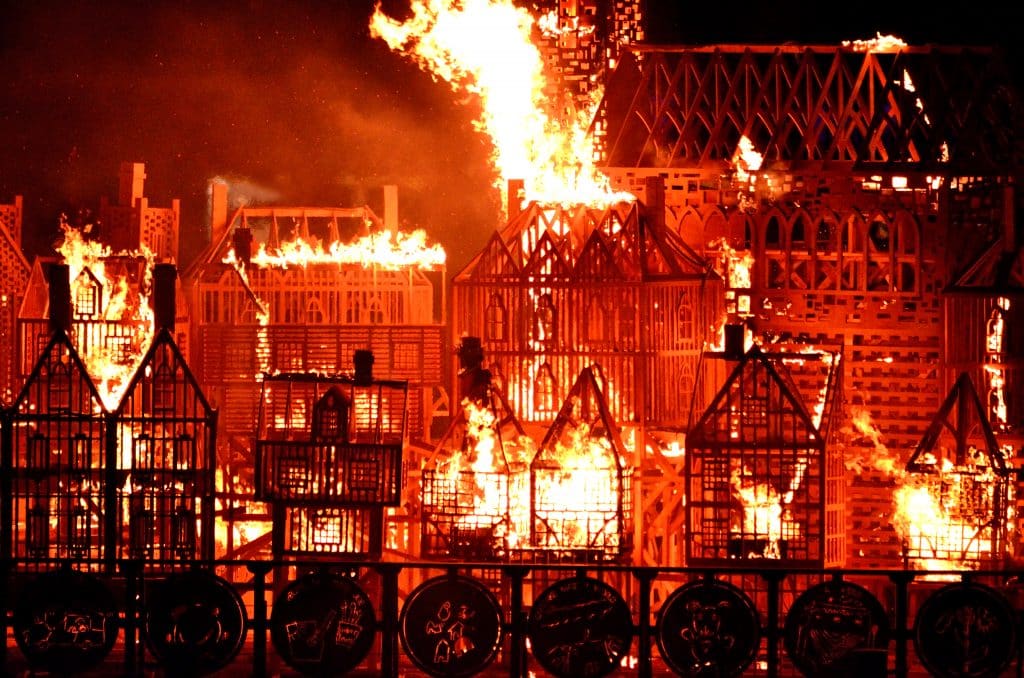The inflation of the past year and its countermeasures have impacted most sectors of the economy – particularly finance. One area that has overall escaped public discussion is insurance. This is surprising given that some types of policies – especially home insurance – have caused their policyholders significant headache. Some HNWIs with large property portfolios have encountered the unfortunate consequences of not keeping up with inflation first-hand when houses have burnt down and the insurance ends up not covering the increased repair costs.
The insurers themselves are also navigating unchartered waters – at least in Europe – as extreme weather events such as flooding in Germany have redrawn the map of what was considered possible. This begs the question of change – whether there will be any and, if so, how the insurance landscape will evolve over the next few years.

Insurance as we know it today, it is, strictly speaking, a relatively new product. Unsurprisingly, its rise to stardom is closely tied to the evolution of trade and finance. Determining its origins helps understand what might lie ahead – and what might not. Home insurance is one of the newer types of insurance and was only introduced after the Great Fire of London in 1666.
Business insurance was introduced in Medieval Europe although its roots extend much further. Already the Greeks had a system of mutual compensation in year 700 B. C. whereby merchants whose cargo sunk or was robbed en route received compensation from their peers. Commercial insurance offered by an external party is a Medieval invention, originating in Italy and France. Merchants would pay a moneylender a high interest fee when their goods arrived but, in return, not be liable if the ship sank or fell into the hands of pirates. When Pope Gregory I banned high interest loans, this type of loan-insurance was modified into the present-day model: a merchant would pay a regular premium regardless of the ship’s fate.
Property on land still had no protection. This changed after one of the pre-industrial era’s largest disasters – the Great Fire of London in 1666. Starting in a baker’s oven, the fire was allowed to spread due to indecision on the part of the mayor and raged for several days. All of the housing stock in the Medieval city (which, coincidentally, is where the current-day business district stands) was consumed by the flames and in total, London lost 15% of its buildings.

Wooden replica of the Great Fire of London in 2016
The total damage was the equivalent of over £1bn in today’s money and the only method of financing the repairs was through nationwide donations., which only covered a fraction of the cost. Consequently, businessman Nicholas Barbon realised that if merchants could buy insurance for their goods, there was no reason why homeowners should not be able to do the same. With eleven associates, he founded the Insurance Office for Houses, which operated its own fire brigade. Houses which were covered had a fire insurance mark above the door. Initially, the fire brigade would only extinguish blazes in insured properties.
When fire insurance was introduced in the US – by none other than Benjamin Franklin – the model was amended slightly by only offering cover for houses which were considered safe – as is done today.
Considering that it was a major disaster that gave rise to property insurance in the first place, it is reasonable to expect the current age of extreme weather events to have some impact on the market. However, the insurance industry is well-established and has responded to significant changes before – notably the rise of people living in multiple jurisdictions. Rather than a completely redrawn map, we are likely to see insurers insist on better building standards, flood and fire prevention measures. This will be good news for the construction industry. An general increase in premiums and other costs is also likely, but insurers should take heed – unless there are increases across the board, customers are likely to look elsewhere for better deals.
